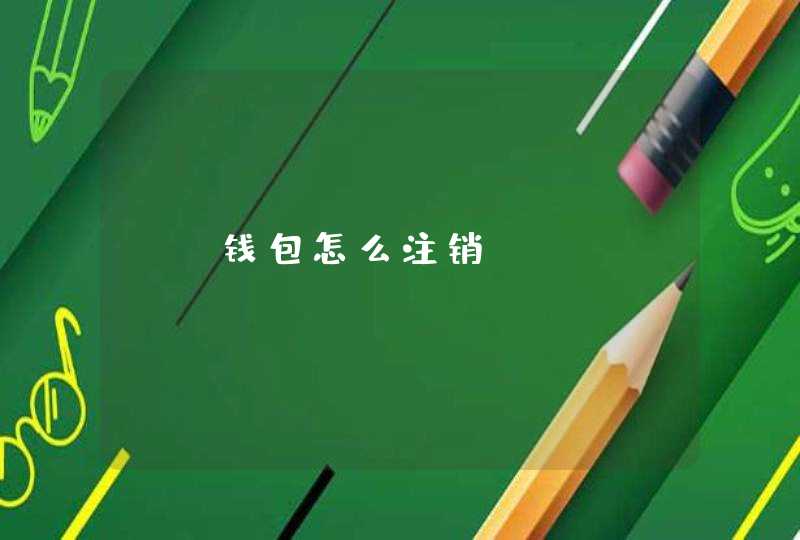形容词作状语使用情况如下:
形容词或形容词短语作状语的前提条件是表达主语的状态,否则形容不能用于作状语。例如, I came back home, tired and hungry.After 10 hours of driving, he got home, safe.注意:上面这两句中的tired and hungry,safe,都在句子作状语,都表达主语的一种状态。
形容词或形容词短语作状语,表原因一般放在句首。例如,Hungry and tired, I entered a restaurant and had a bowl of noddles.Easy to get along with, she is loved by every one.
形容词或形容词短语作状语,表伴随,可放在句首,也可放在句尾。例如,Happy, the little girl ran to her mother.The crime hid himself in the corner, afraid of being caught.
形容词或形容词短语作状语,表结果,放在句尾。例如,Mary arrived at her home , tired and hungry.Jack came back home from the Second War , safe and sound.
一、形容词或形容词短语作状语,表示方式或伴随,Crusoe
stared
at
the
footprint,
full
of
fear.(=
Crusoe,
who
was
full
of
fear,
stared
at
the
footprint.)克鲁索两眼盯着脚印看,满心恐惧。
Flushed
and
breathless,
she
bounded
in
through
the
gate.
她满脸通红气喘吁吁从大门口跑了进来。
二、形容词或形容词短语可以作状语,表示时间和条件。通常位于句首,也可位于句末。
Ripe,
these
apples
are
sweet.(=When/If
these
apples
are
ripe,
they
are
sweet.)
熟了的时候这种苹果很甜。
Enthusiastic,
they
are
quite
cooperative.(=When/If
they
are
enthusiastic,
they
are
cooperative.
)
热心的时候他们是很合作的。
六、形容词或形容词短语可以作状语,
表示说话人的态度和看法。它通常位于句首。
Worse
still,
the
lion
could
even
carry
off
the
baby
in
its
mouth.更糟糕的是,狮子甚至可能把婴儿叼走。
1、形容词作状语用时,一般用逗号将其与句子的其余部分隔开.
2、形容词是用来表示程度的,有比较级和最高级。如more
important,
you
should
broaen
your
knowlege.
更重要是,你应该扩大你的知识面。more
important就是状语,important
就是形容词,指现重要性。
3、记单词时,也要记它的词性。
4、副词:修饰动词、形容词、其他副词或整个句子。按意义,可分为时间副词(如:today,
yesterday),地点副词(here,
there,
above),方式副词(如:badly,
slowly,
bravely,
),程度副词(如:enough,
very,
a
little,
a
bit,
greatly)
,频度副词(如:often,
seldom,
always,)。按句法功能可分为:句子成份(用来修饰整个句子),如:frankly,
naturally,
possibly,
surely等,疑问副词,如:when,
where,
why
how
等,关系副词,如:when
,
where,
why
等;连接副词,如when,
where,
why
so,
thus,
therefore
等。
5、另外,副词,很多是以ly结尾的。Surprising,
there
are
five
SARS
patients
in
his
family.
真惊人,他一家就有五位“非典”病人。
Necessary,
young
people
can
speak
good
English.
年轻人会说通顺的英语是必要的。


